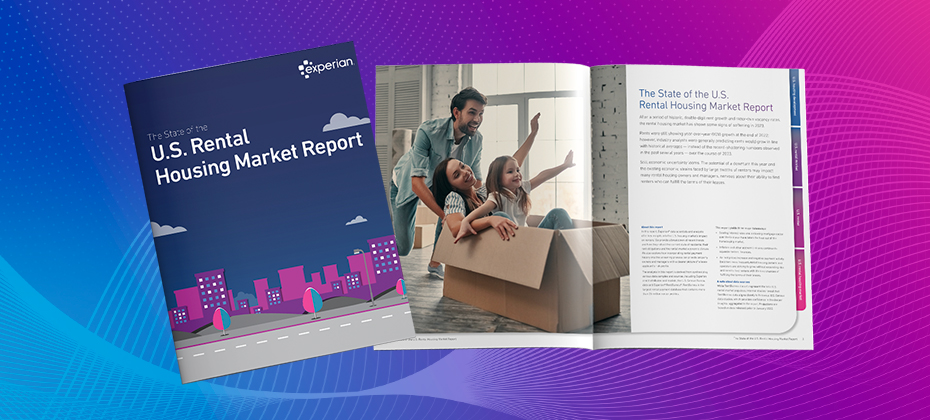A common request for information we receive pertains to shifts in credit score trends. While broader changes in consumer migration are well documented – increases in foreclosure and default have negatively impacted consumer scores for a group of consumers – little analysis exists on the more granular changes between the score tiers. For this blog, I conducted a brief analysis on consumers who held at least one mortgage, and viewed the changes in their score tier distributions over the past three years to see if there was more that could be learned from a closer look.
I found the findings to be quite interesting. As you can see by the chart below, the shifts within different VantageScore tiers shows two major phases. Firstly, the changes from 2007 to 2008 reflect the decline in the number of consumers in VantageScore B, C, and D, and the increase in the number of consumers in VantageScore F. This is consistent with the housing crisis and economic issues at that time. Also notable at this time is the increase in VantageScore A proportions. Loan origination trends show that lenders continued to supply credit to these consumers in this period, and the increase in number of consumers considered ‘super prime’ grew. The second phase occurs between 2008 and 2010, where there is a period of stabilization for many of the middle-tier consumers, but a dramatic decline in the number of previously-growing super-prime consumers. The chart shows the decline in proportion of this high-scoring tier and the resulting growth of the next highest tier, which inherited many of the downward-shifting consumers.
I find this analysis intriguing since it tends to highlight the recent patterns within the super-prime and prime consumer and adds some new perspective to the management of risk across the score ranges, not just the problematic subprime population that has garnered so much attention. As for the true causes of this change – is unemployment, or declining housing prices are to blame? Obviously, a deeper study into the changes at the top of the score range is necessary to assess the true credit risk, but what is clear is that changes are not consistent across the score spectrum and further analyses must consider the uniqueness of each consumer.



